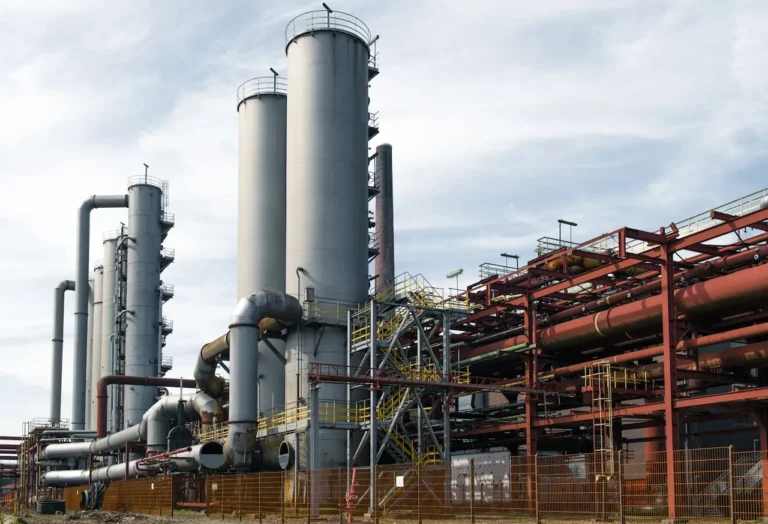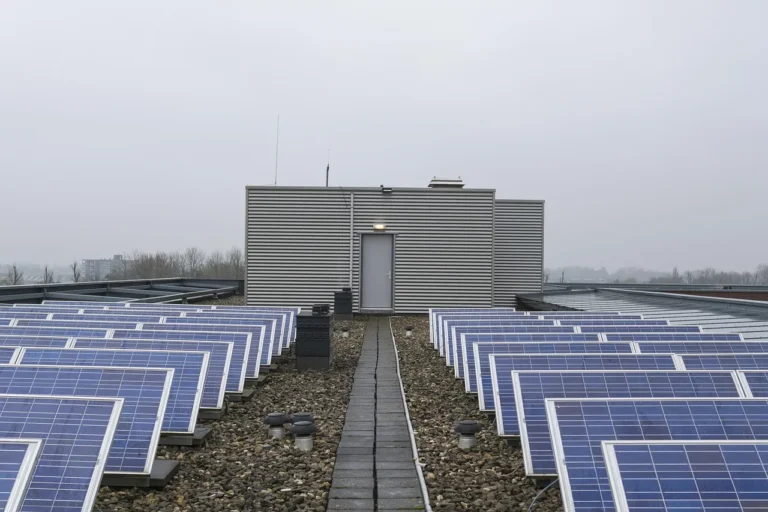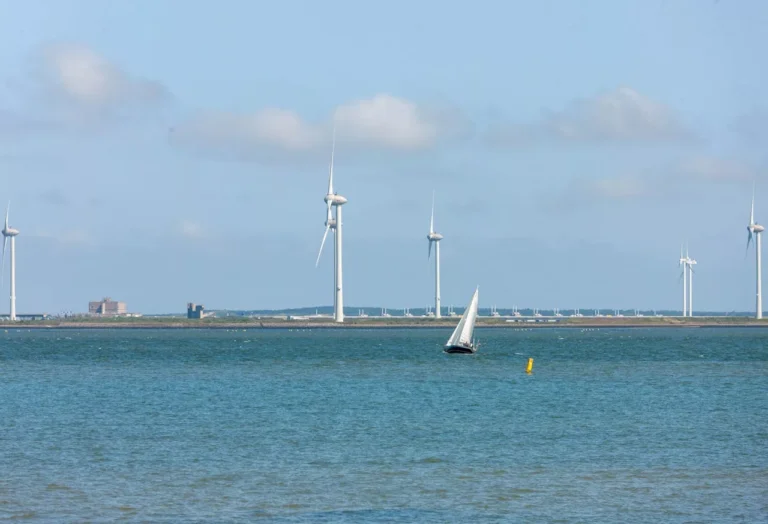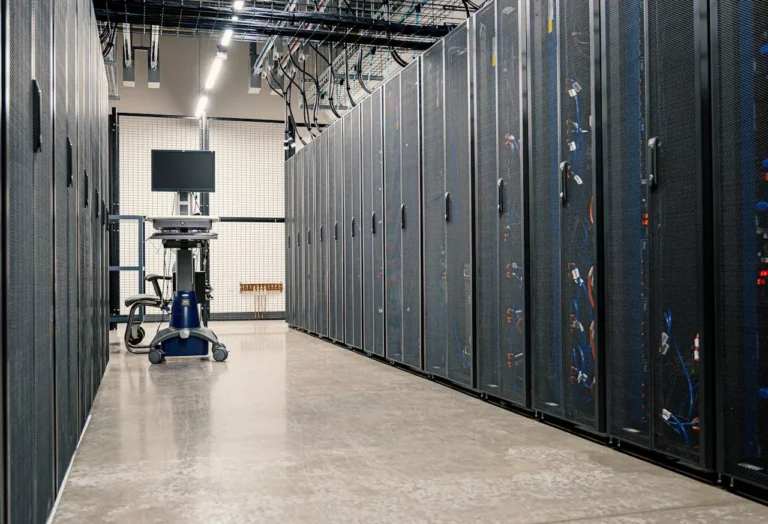
Lightshift Energy, WMGLD, and MMWEC Unveil Advanced Battery Storage Microgrid to Power Wakefield Schools and Enhance Community Resilience
Lightshift Energy, in collaboration with the Wakefield Municipal Gas and Light Department (WMGLD) and the Massachusetts Municipal Wholesale Electric Company (MMWEC), has officially launched commercial operations of a cutting-edge 5-megawatt (MW) battery energy storage system (BESS) in Wakefield, Massachusetts. The installation, part of WMGLD’s forward-thinking Energy Park Project, is designed to both lower peak demand on the electric grid and serve as a resilient, grid-connected microgrid that powers two local high schools—Wakefield Memorial High School and Northeast Metropolitan Regional Vocational High School.
This project represents a major leap forward in both energy innovation and community preparedness. It showcases how battery storage technology can provide sustainable, cost-effective, and resilient energy solutions for public infrastructure while preparing communities for the increasing challenges posed by rising energy demand and climate-related extreme weather events.
Dual Purpose: Reducing Costs and Boosting Resilience
The new BESS was developed with the primary goal of reducing peak electricity demand, a costly period when utilities are charged premium rates for power. By charging the battery during off-peak hours and discharging it during peak demand times—a strategy known as “peak shaving”—the system is projected to save Wakefield residents approximately $20 million over the lifespan of the project. These savings will benefit all WMGLD customers without requiring any additional costs or risk to ratepayers.
In addition to delivering substantial financial benefits, the battery system also serves a critical resiliency function. In the event of power outages, the microgrid is capable of automatically providing backup electricity to the two participating schools. Both facilities are designated emergency shelters, and the availability of backup power will ensure they can continue to operate during emergencies, providing safe refuge for residents during extreme weather events or other crises.
“Energy storage was our first choice when identifying a more cost-effective and renewable solution to power the schools, compared to diesel backup generators that would have cost $1.2 million per generator,” said Peter Dion, General Manager of WMGLD. “We are incredibly grateful to have the entire town’s support to deploy the Lightshift battery that will provide cleaner, cheaper, and more reliable electricity to our schools.”
Clean Backup Power and Full Electrification
This battery project reflects a broader shift toward sustainable infrastructure in Wakefield. Rather than relying on traditional diesel backup generators—which are expensive, polluting, and require ongoing fuel delivery—the town has embraced battery storage as a cleaner and more sustainable solution. In addition to displacing diesel usage, the battery’s peak shaving revenues will be used to fund the full electrification of the two school buildings.
Electrification will enable both schools to transition to all-electric heating and cooling systems, allowing them to operate efficiently and sustainably throughout the year. This marks an important step in reducing the town’s carbon footprint while improving the quality of life for students, faculty, and emergency shelter residents alike.
A Model for Municipal Collaboration
This battery deployment marks the third project in a growing partnership between Lightshift Energy and MMWEC to deliver advanced energy storage systems to Massachusetts’ municipal utilities. Through this program, dozens of towns served by MMWEC member utilities will gain access to customized battery storage installations tailored to local energy needs. Altogether, the initiative is projected to deliver over $200 million in energy cost savings for residents throughout the state.
“This project is such a great example of the many ways energy storage strengthens the communities we partner with,” said Rory Jones, Co-Founder and Managing Partner of Lightshift Energy. “We are bringing clean backup power to schools and supporting their electrification while also providing WMGLD customers with major, risk-free savings. We couldn’t be more excited to partner with WMGLD on this innovative and timely project.”
Jason Viadero, Director of Engineering and Generation Assets at MMWEC, echoed this sentiment. “We’re thrilled to be part of this partnership with Lightshift Energy, WMGLD, and several other municipal light plants. Wakefield has been one of the energy storage trailblazers amongst the municipal utilities, having installed their first battery in 2019. Their innovative energy park is further demonstration of the out-of-the-box thinking we will need as part of our clean energy future.”
Wakefield’s Energy Park, where the battery is located, serves as a symbol of the town’s leadership in next-generation energy planning. The facility combines multiple clean energy resources and infrastructure to deliver holistic benefits to the community while fostering education and public engagement.








